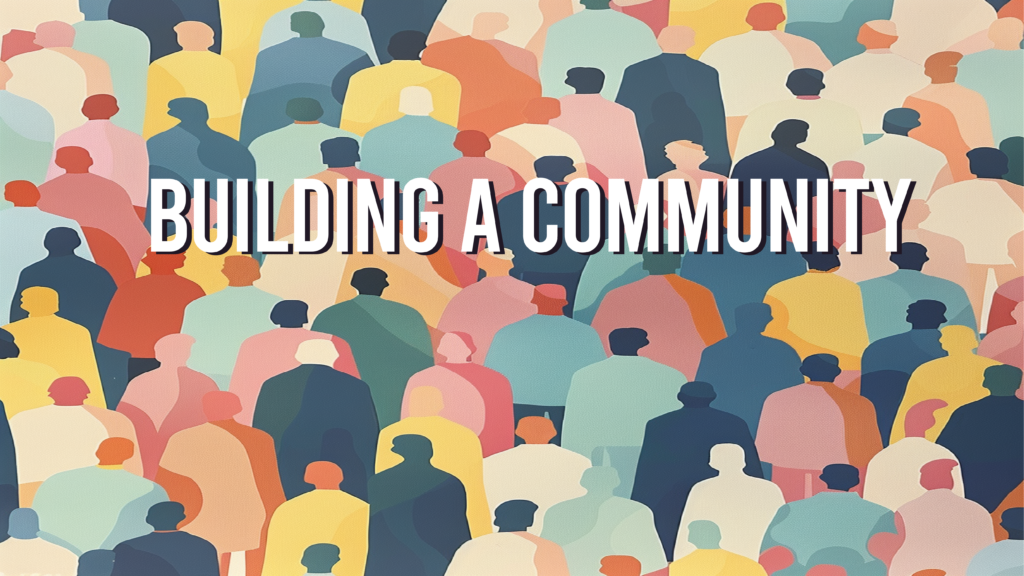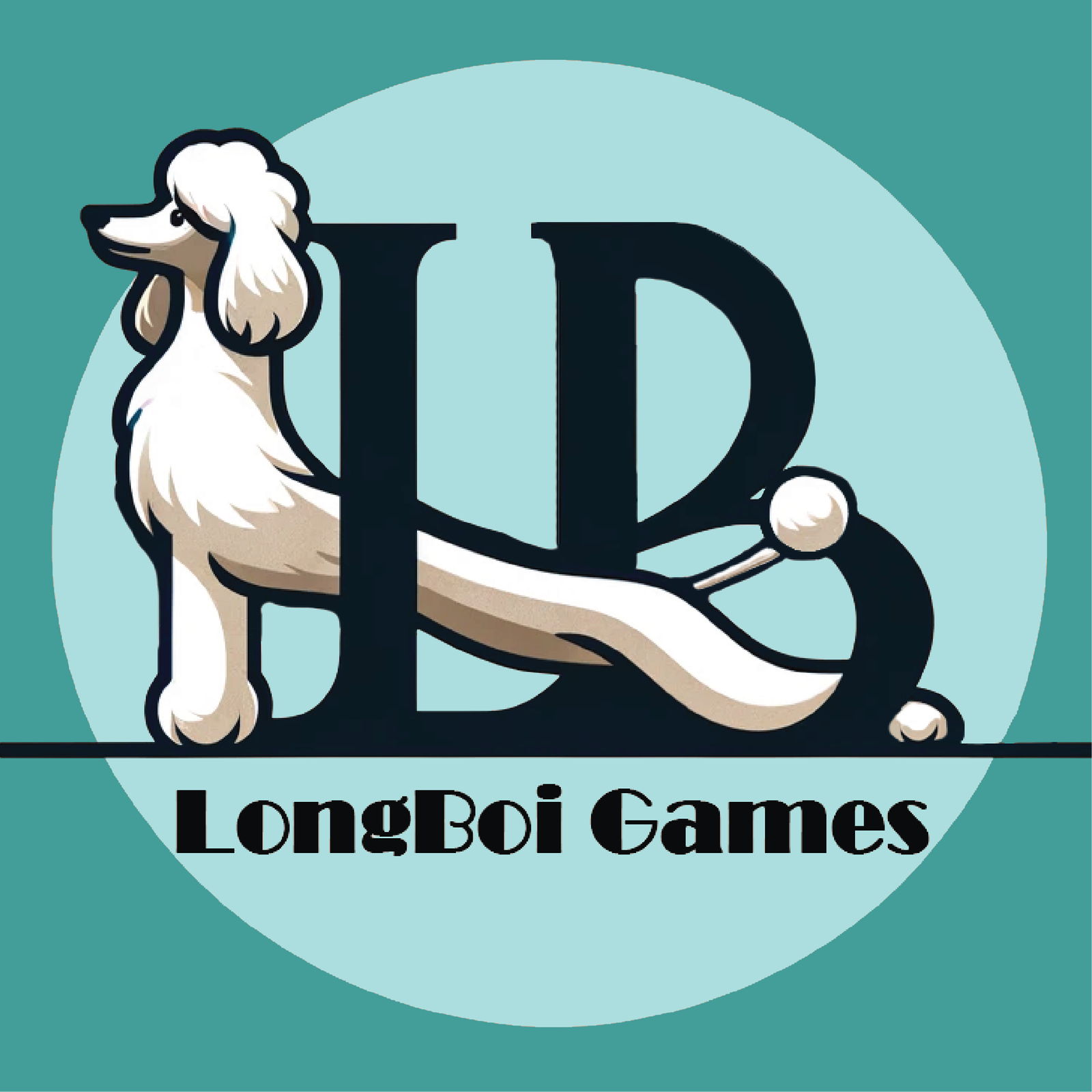With the initial positive feedback I got, I dove into the next stage of game designing with great enthusiasm…
Upon completing the course, I reached another milestone, I was equipped with a solid foundation of knowledge, now I could proceed further with the project.

Significant testing awaited the game; balancing the strengths of characters and other helper/obstacle cards, examining the balance between points earned for different sandwiches and the frequency of ingredient card occurrences, enhancing the gameplay with new mechanics/card types, assessing the game’s replayability factor, and I had to look into similar aspects like these. I believed that I could progress most efficiently with the testing by playing “against the lamp,” meaning playing matches against myself. I had heard this term in my teenage years within Hungarian TCG circles, and I frequently employed this method when preparing for HKK (Hungarian TCG i mentioned previously) tournaments back then, because unfortunately, except for one friend, I had no luck practicing with other players to perfect my deck ideas, as I didn’t live in Budapest, where the gaming communities were most active.
When playing against myself, I often simulated two-player matches because I believe that in such drafting, competitive games, skill differences are best demonstrated in head-to-head format. My main focus was to ensure balance for the two-player version of the game. Even the game with the native american theme, I was aiming for 2-4 players, and I designed Clash in the Deli with this in mind, allowing an average sized family or friend group of 4 to play my game. In games like Azul, the more participants there are, the less impact individual skill has, as our decisions often affect only the player directly after us. Moreover, it’s common that despite planning, it’s difficult to anticipate the next moves of 2 or 3 players, hence luck plays a larger role. While such multiplayer matches can be enjoyable, I believe true competitiveness thrives with just 2 players. I think this is typical of many games with open information or in “free for all” games where two players disadvantage themselves if they attack/impede each other since even if one emerges as the winner, both gets weaken against the other players who didn’t take part in the clash.
So, during the first weeks of February, the “against the lamp” matches were in full swing. Occasionally, my wife joined in the testing, and fortunately, whenever we met friends or family, everyone was willing to play a match or two with us, so the feedbacks were slowly started to pour in. Overall, everyone had a positive opinion about the game and warmly embraced my enthusiasm for my new hobby.


After roughly 50 matches played and 2 months of game development, when the main mechanics and components of the game reached a stage where I planned relatively few further changes, I decided to start learning the basics of graphic design to present a better-looking prototype to the testers in the upcoming period. Thus, I delved into learning the basic functions of Photoshop and Illustrator. At first, everything seemed Chinese to me, and I wasn’t entirely sure where to start, I could only identify the functions I knew from Paint. Eventually, I used the method of searching for specific functions on YouTube whenever a graphic needed to be designed/altered and watched a 10-15 minute tutorial about it. This was my way of shortcutting the knowledge available for these two softwares. I didn’t want to start a new course and spend weeks on it because I felt that the basic knowledge would be enough for what I wanted to achieve. I generated graphics for the new prototype with Midjourney, and then I had to modify them in various ways. In Illustrator, I created backgrounds for cards and various geometric shapes, as well as prepared the texts on the cards. In Photoshop, I cut out graphics from AI backgrounds, reshaped them, added shadows and textures, stacked the layers of card graphics, created the frames for the cards, and so on. This shortcut method wasn’t bad, but in retrospect, as I became more familiar with these image editing programs, I realized how much easier it would have been to execute certain tasks if I had more knowledge about some of their functions. For example, I only learned about the Magic Wand tool in Photoshop after a month of use; if I had known about it earlier, I could have saved dozens of hours of work. (I often tried to erase unwanted details with the Eraser tool, which often times took long minutes.)

I spent at least 3 weeks creating graphics for the new prototype, and although game development practically paused during this time, I armed myself with a lot of new knowledge that I’ll surely be able to utilize in the future. My self from a few months ago would be astonished to see what I’m capable of with these programs now; I thought these were more serious and harder-to-learn skills, but in reality, all these design programs are becoming more user-friendly, and the knowledge that used to be exclusive to digital artists/illustrators is increasingly accessible to more people. I should also note here that my plan for the future graphics of the game is to use illustrations drawn by flesh-and-blood graphic designer(s); I don’t fully agree with commercializing images created by generative artificial intelligences, but this is a longer topic that I might address another time. However, generative AI comes in handy during prototyping because it quickly provides beautiful and polished graphics for the game even at this early stage, allowing testers to play with a more visually appealing game. Due to the knowledge gained, future communication with the to-be-hired illustrator will also be smoother, and if I can handle many tasks myself, the project will be more cost-effective. Nevertheless, I’m afraid, and my research confirms that this part of game development won’t be a cheap story. But until we reach that stage, it’s inevitable that I skip the next step: “local playtesting” a.k.a. asking strangers to test your game…
 So, I’ve arrived at the phase for which I created this website: the community-building phase. I believe that this stage will pose the greatest challenge to me and will take the most time. Fortunately, there are plenty of opportunities for this in today’s world, but most methods are well outside my comfort zone, so I feel like I’m facing a serious challenge!
So, I’ve arrived at the phase for which I created this website: the community-building phase. I believe that this stage will pose the greatest challenge to me and will take the most time. Fortunately, there are plenty of opportunities for this in today’s world, but most methods are well outside my comfort zone, so I feel like I’m facing a serious challenge!
In the next post, I’ll share my knowledge, insights, and experiences gained from this phase. Stay tuned!
